While I never met Percy L. Julian, a 1920 DePauw graduate, my career has been influenced by him. As a student I was named a Percy L. Julian scholar, which besides a monetary component afforded me the opportunity to meet Julian’s widow Anna and their children Percy Jr. and Faith. It wasn’t until after I joined the DePauw faculty that I gained a deeper understanding and appreciation of what made Julian one of the greatest chemists of the 20th century.
Julian, whose grandmother bore the whip marks of her enslavement, arrived at DePauw with only 10 years of formal education, more than most African Americans in the South but too little to prepare him for college work. Despite double the workload in his first two years to make up for his deficiencies, he graduated at the top of the Class of 1920. Perhaps by then he understood his own potential.
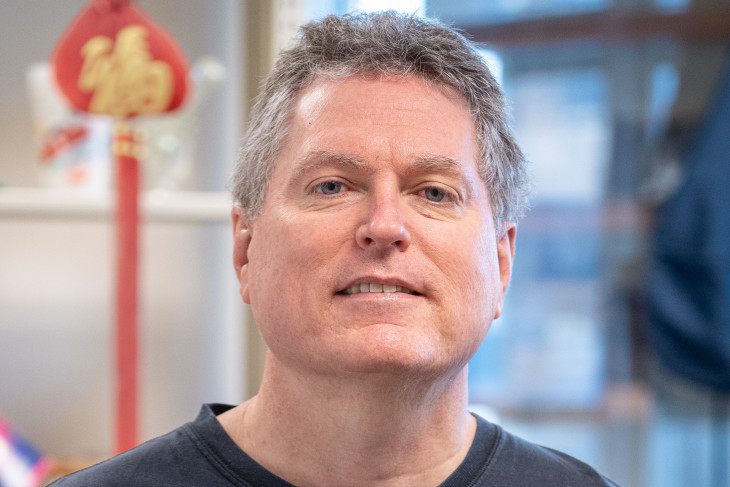
Unlike his classmates who went on to graduate school, Julian left DePauw to teach at black colleges. He never gave up on his conviction that he should study for a doctorate and eventually went to Austria to do so. Upon his return to the United States he was frustrated by inadequate facilities to carry out his research. DePauw hired him in 1932 to supervise lab sections and pursue his research.
Julian was working to synthesize physostigmine to treat glaucoma. He was competing against Robert Robinson, a famed chemist with considerably more resources. Although Robinson published first, Julian found an error that he subsequently exposed in his own publication. It is difficult to overstate Julian’s boldness here, an example of Julian acting on his strong conviction. When he felt he was right he stood up for himself or his ideals regardless of opposition he faced.
Despite that accomplishment, DePauw’s Board of Trustees denied Julian a tenure-track position, and he departed in 1936 for Glidden Co. During his career there and later at his own company, Julian secured more than 130 patents. He primarily worked to develop products from soybeans and Mexican yams. One of his inventions was a fire-suppressing foam that saved lives during World War II. He was also instrumental in developing a chemical synthesis of cortisone that provided relief for people suffering from severe rheumatoid arthritis and is still used to treat inflammatory diseases today.
Clearly Julian’s chemistry work set him apart; I have no doubt that, had he been white, he would have been one of the most highly regarded organic chemists in the world and may even have won a Nobel Prize. In this year of the 100th anniversary of Julian’s graduation from DePauw, we should be inspired by the strength of his convictions and courage to act on them. Let us be inspired to ensure all students have the support they need.
DePauw Magazine
Spring 2020
 Leaders the World Needs: Alum who attended college against odds guides youths to do same
Leaders the World Needs: Alum who attended college against odds guides youths to do same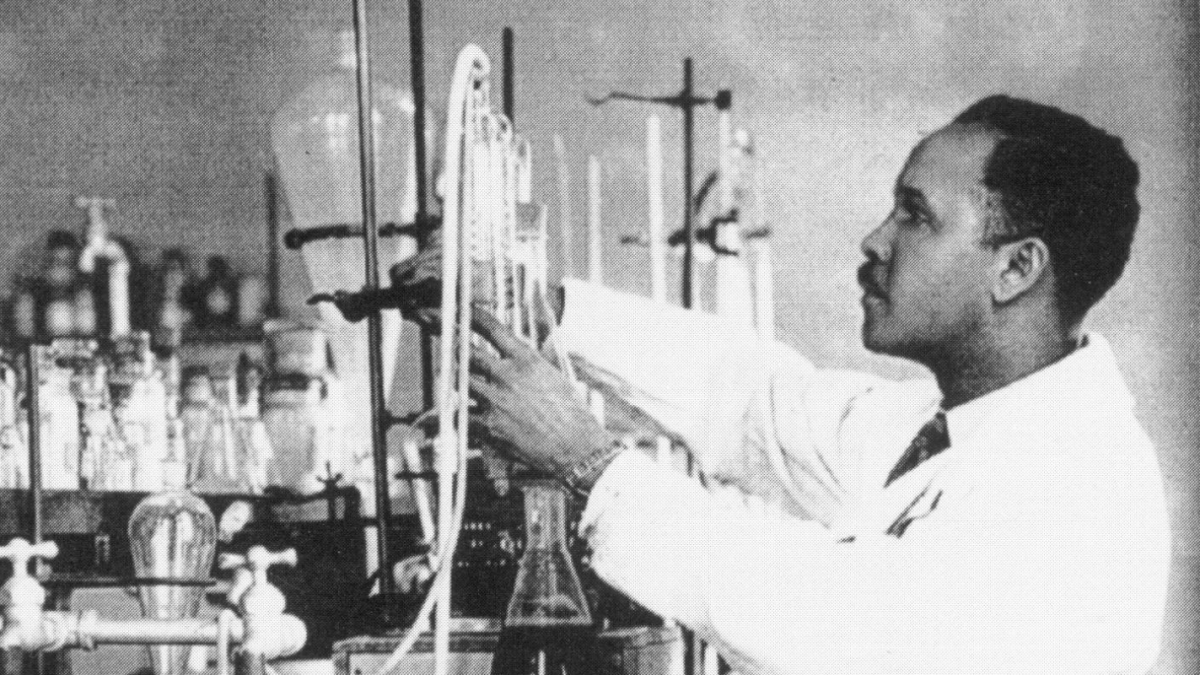 OLD GOLD: Percy Julian, unappreciated in his time, inspires today
OLD GOLD: Percy Julian, unappreciated in his time, inspires today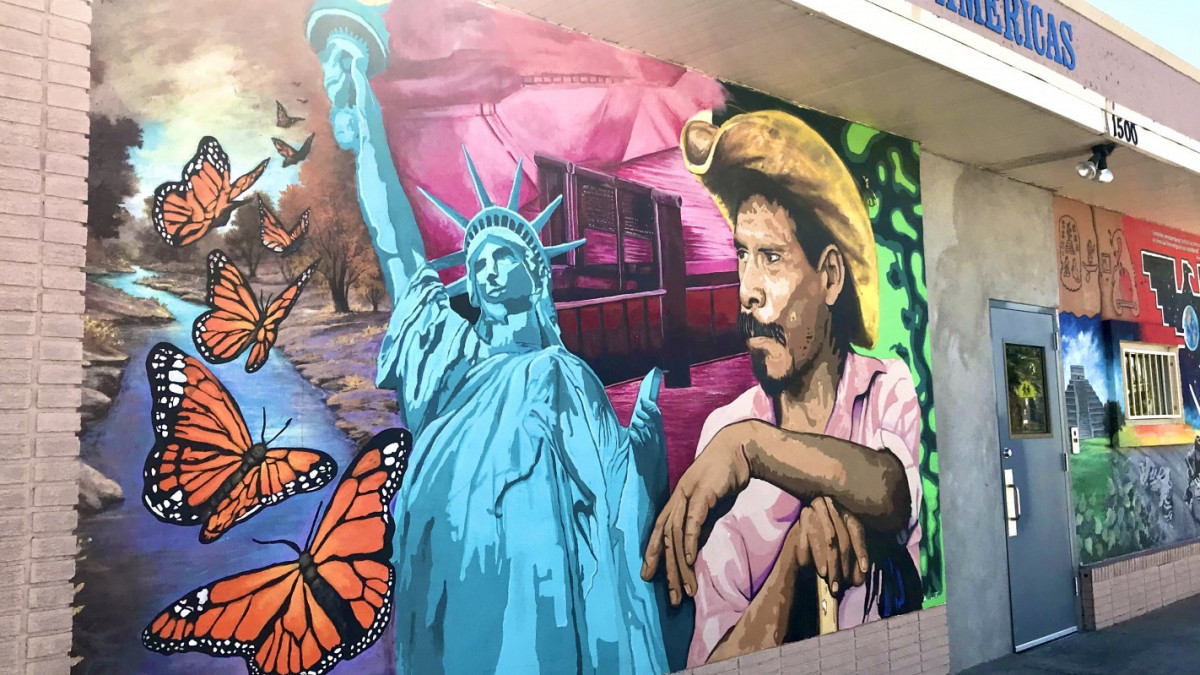 FIRST PERSON with Jonna McGinley Reilly '00
FIRST PERSON with Jonna McGinley Reilly '00 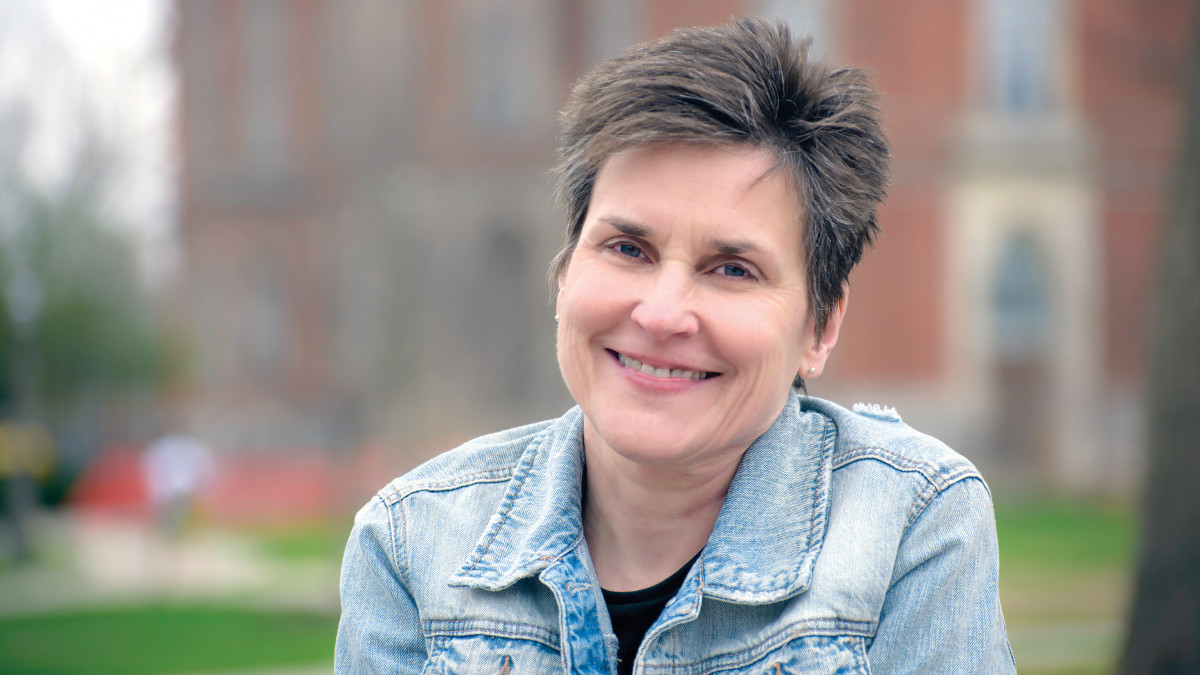 The Bo(u)lder Question By Rebecca Bordt
The Bo(u)lder Question By Rebecca Bordt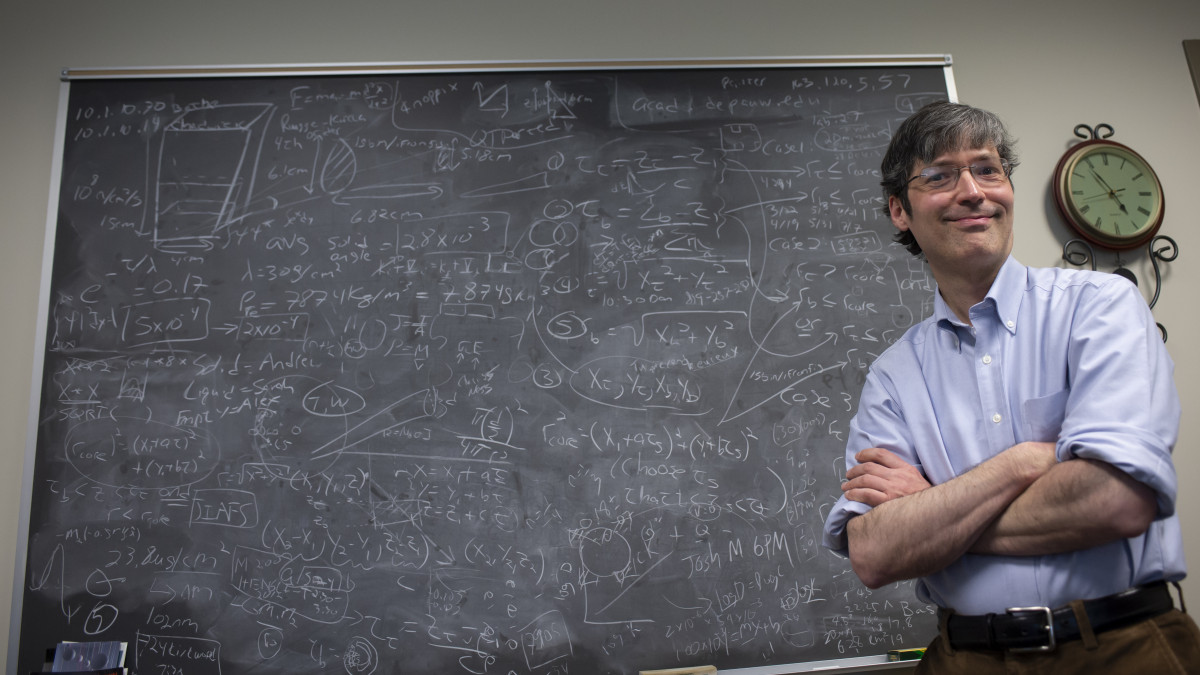 The poet
The poet The iceman
The iceman The most American athlete ever
The most American athlete ever
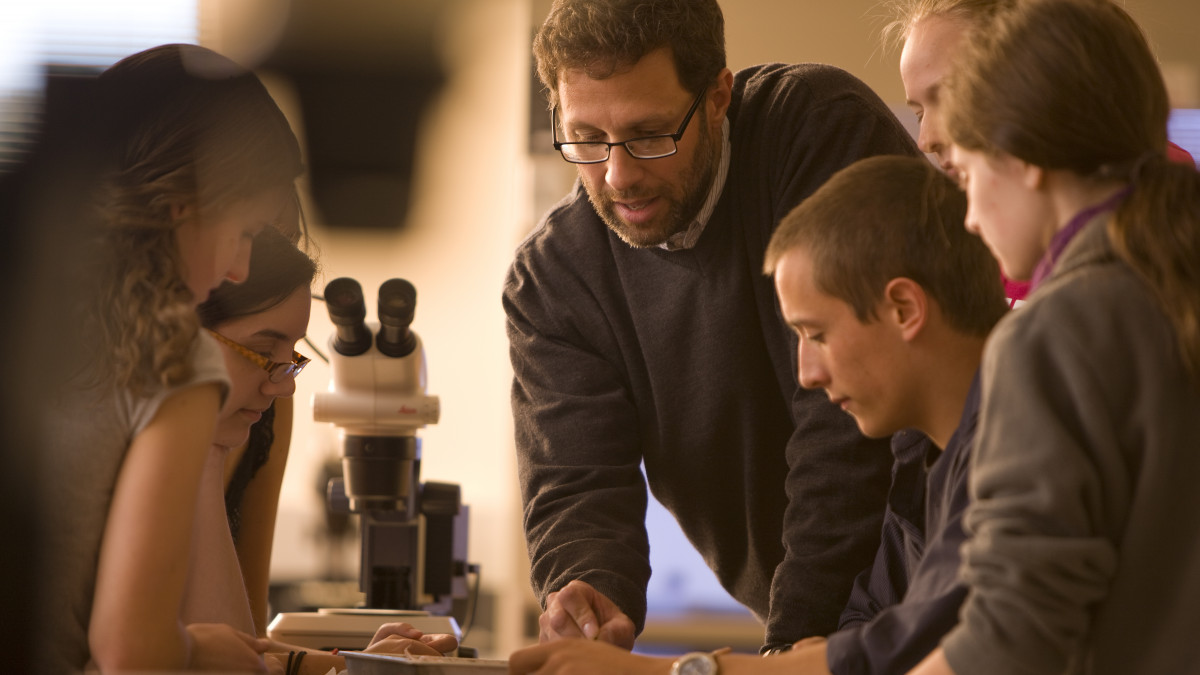 The beekeeper
The beekeeper The juggler
The juggler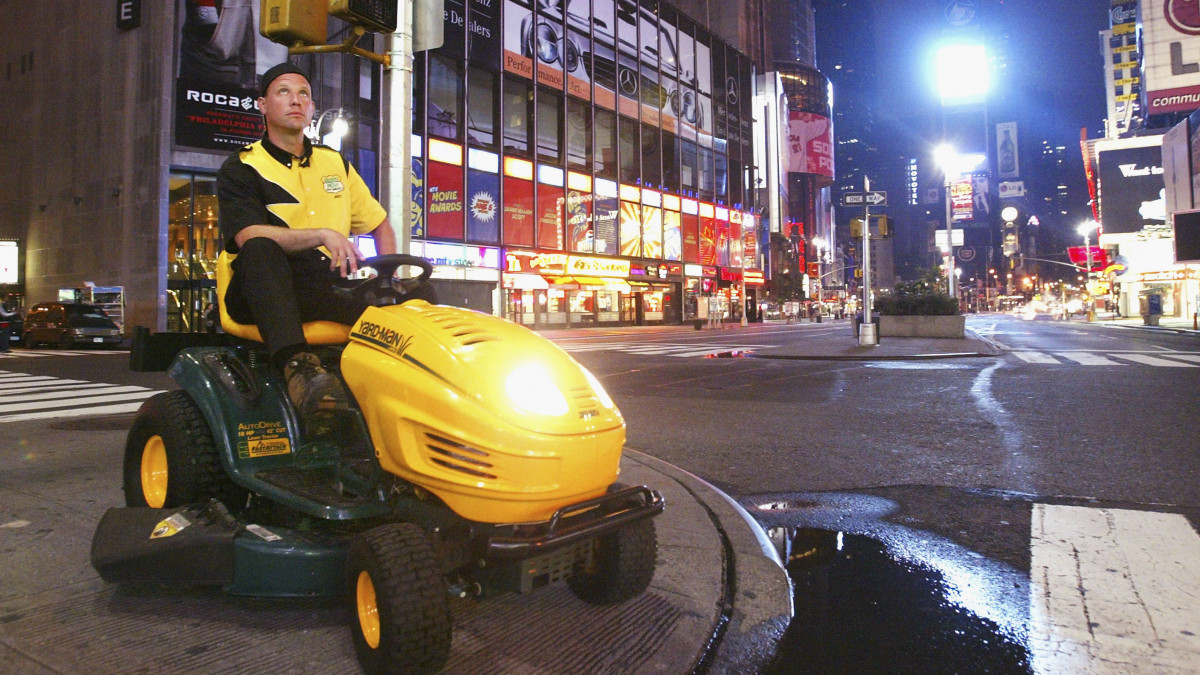 The lucky guy
The lucky guy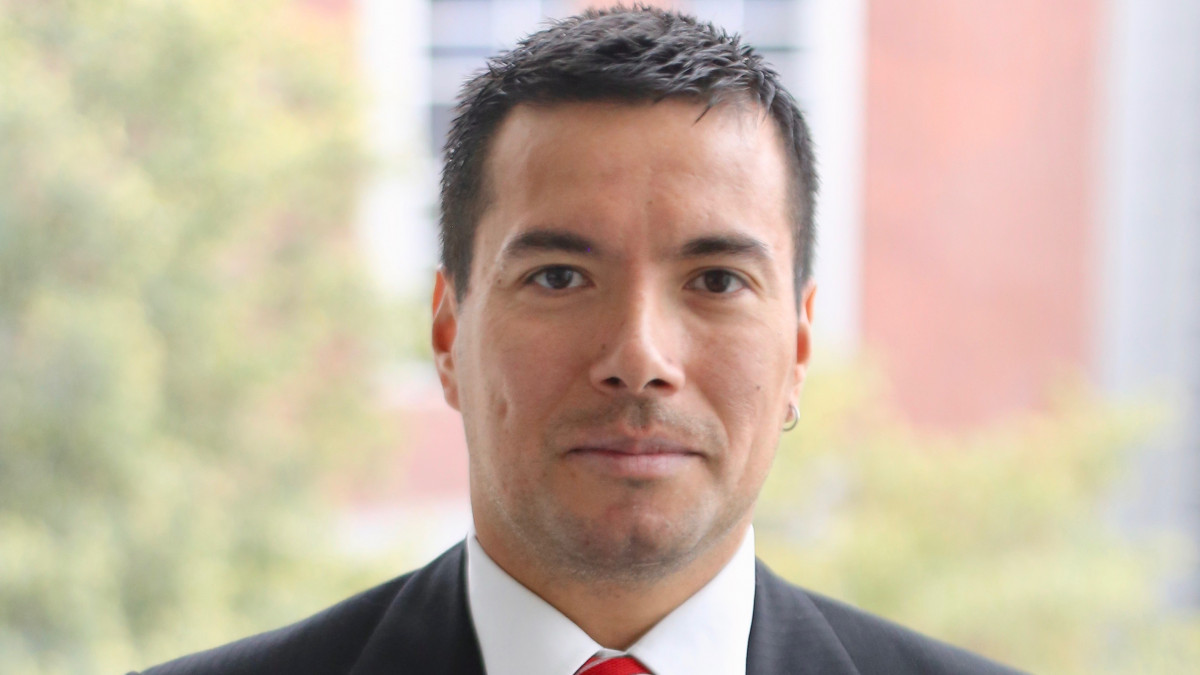 Aligned stars: Snowshoeing scientist studies the skies
Aligned stars: Snowshoeing scientist studies the skies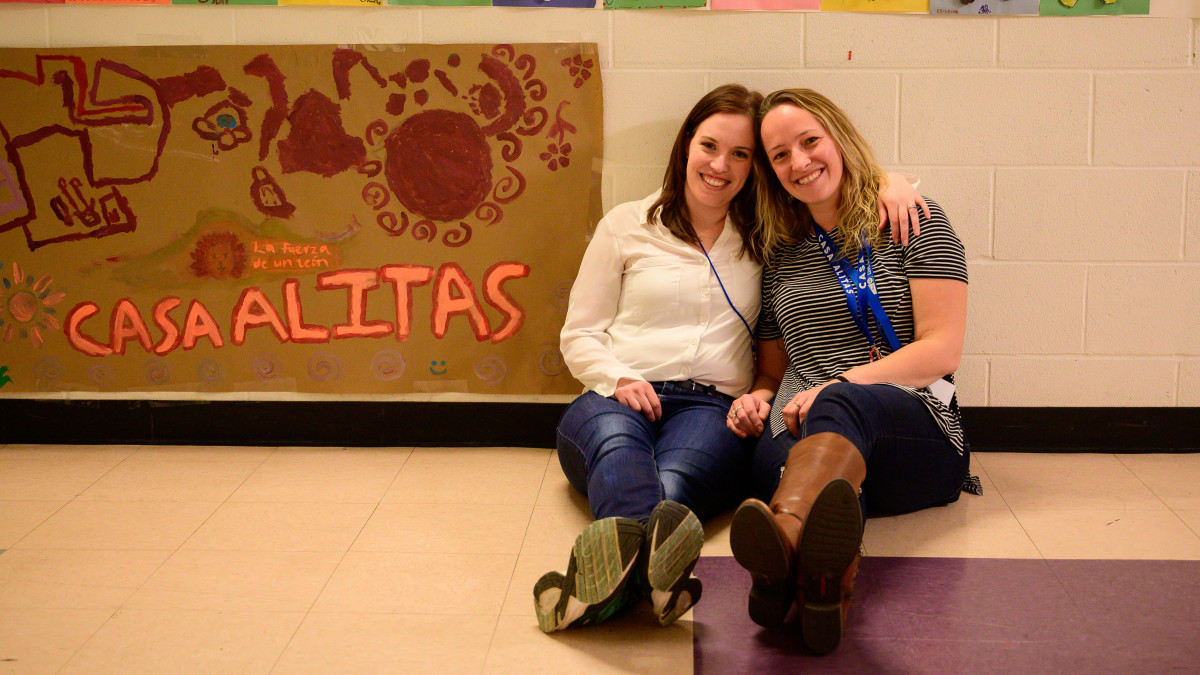 Indelible images: Devastating photo, desperate need move alums to act
Indelible images: Devastating photo, desperate need move alums to act The nonconformists
The nonconformists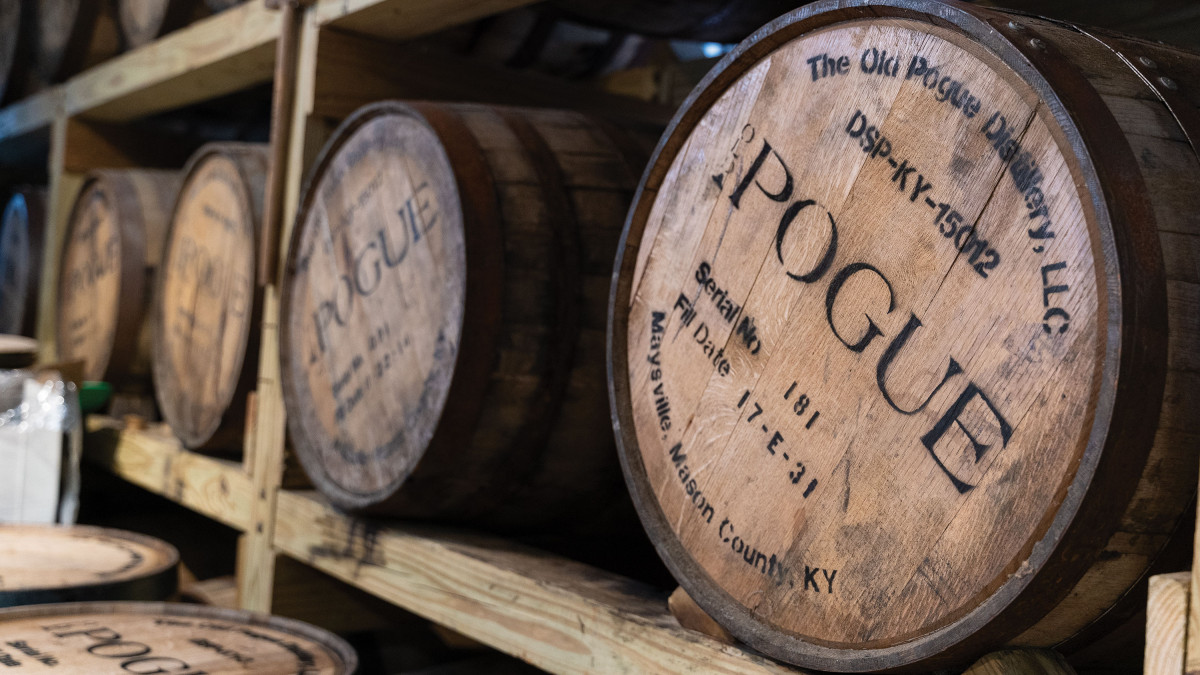 A twist of fate: Unexpected discovery rekindles family legacy
A twist of fate: Unexpected discovery rekindles family legacy
DePauw Stories
A GATHERING PLACE FOR STORYTELLING ABOUT DEPAUW UNIVERSITY
Browse other stories
-
Athletics
-
Football - Robby Ballentine Selected Associated Press First Team All-America
-
Men's Basketball - Hot-Shooting Tigers Win Fourth Straight
-
Women's Swimming & Diving - Laba Chosen NCAC Women's Swimming and Dviing Athlete of the Week
More Athletics
-
-
News
-
Student and Professor Share Unexpected Writing Journey
-
Four in a Row! DePauw Wins 131st Monon Bell Classic
-
Jim Rechtin '93 Featured in Fortune Magazine
More News
-
-
People & Profiles
-
Entrepreneurs Eric Fruth ’02 and Matt DeLeon ’02 Are Running More Than a Business
-
Rick Provine Leaves Legacy of Leadership and Creativity
-
History Graduate Cecilia Slane Featured in AHA's Perspectives on History
More People & Profiles
-
-
Have a story idea?
Whether we are writing about the intellectual challenge of our classrooms, a campus life that builds leadership, incredible faculty achievements or the seemingly endless stories of alumni success, we think DePauw has some fun stories to tell.
-
Communications & Marketing
101 E. Seminary St.
Greencastle, IN, 46135-0037
communicate@depauw.eduNews and Media
-
News media: For help with a story, contact:
Bob Weaver, Senior Director of Communications.
bobweaver@depauw.edu.